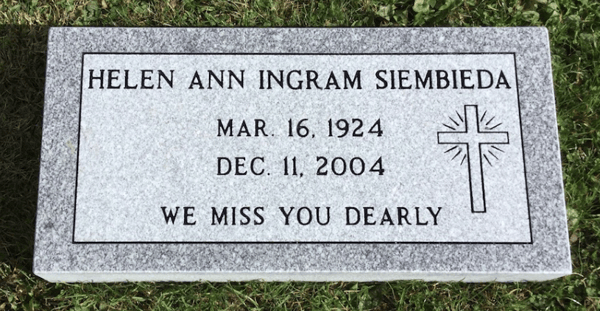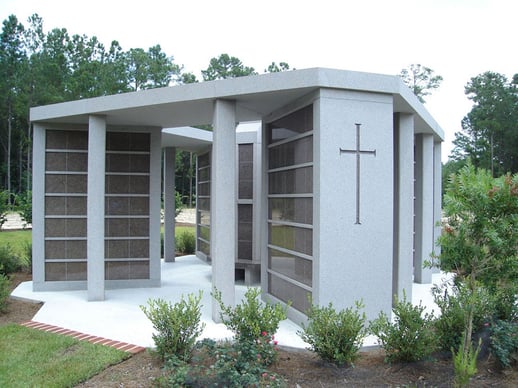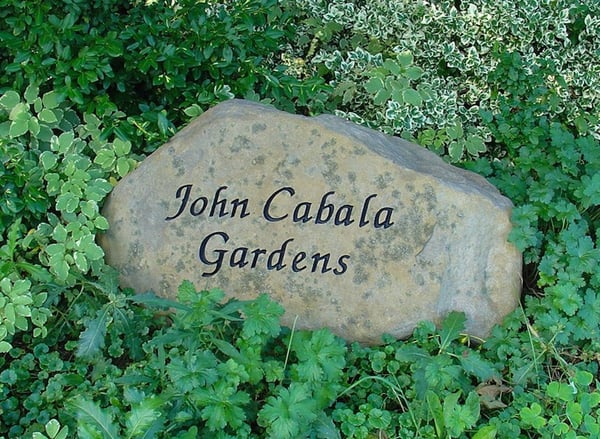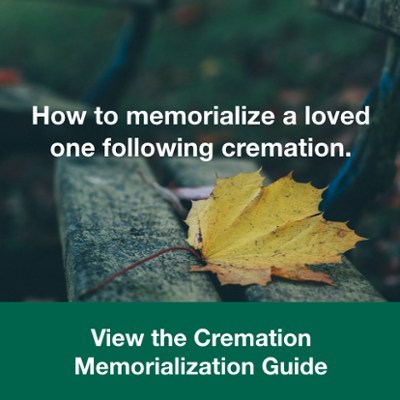By 2025, it’s estimated that nearly 65% of all families will choose cremation over burial. Perceived lower costs, increased acceptance and greater flexibility when it comes to planning a service have contributed to this rise.
However, increasingly high rates of cremation leave families with a new question: How do we memorialize our loved one’s remains?
From scattering remains at meaningful locations to carrying remains in memorial jewelry, there are several creative cremation memorial options available. Continue reading to learn three ways you can memorialize your loved one after cremation.
Cremated Remains Scattering
Scattering is a popular way to release remains in a place that was symbolic to the deceased. Scattering serves as a memorialization practice that helps friends and family connect with their loved ones even after they’ve passed by honoring their final wishes. Surviving family members might find comfort knowing one’s final resting spot is a place that made them happy during their life.
There are three general ways families scatter a loved one’s remains:
- By land: Many choose to scatter their loved one’s remains on land at a meaningful place; a favorite vacation destination, a garden or a place he or she always wanted to visit, but never did. Although all of these are meaningful locations, you can’t scatter your loved one’s ashes wherever you choose. In most states you can scatter ashes over land on private property with the permission of the owner or on public lands with permission of the governing agency.
- At sea: It’s also common for family members to scatter ashes over a body of water, such as a river, lake, pond or ocean. When scattering remains in the ocean, U.S. Code (40CFR229.1) requires you to be at least three nautical miles from land under the Clean Water Act. Additionally, a registration of the disposition must be filed within 30 days to the regional administrator of the Environmental Protection Agency (EPA) from which the vessel departed.
- From the air: Aerial scattering is a meaningful way to spread one’s remains over a special place. The choice can symbolize freedom. While many states do not have any laws prohibiting aerial scattering, federal law prohibits dropping any objects that might cause injury or harm property. Remains themselves are not considered hazardous, but you should always remove them from their container before scattering them by air.
See the rules and regulations for the disposal of cremated remains here.
Cremated Remains at Home
Keeping your loved one at your home provides a feeling of closeness. It’s a way to hold onto the connection with the person who has passed away after they’ve gone. A cremation memorial can still be done in several ways for those who choose to keep remains at home:
- Decorative urns. An urn is a beautiful container used to hold one’s remains after cremation.
- Cremation jewelry. Necklaces, pendants, charms and bracelets can all be designed to hold remains or something symbolic from the deceased, such as a thread from a scarf or shirt. Many people choose to memorialize remains in jewelry so they can take their loved one everywhere they go.
- Recessed urns. Outdoor memorial benches or personalized monuments and boulders are all examples of recessed urns. These items are designed to hold remains and can be designed using various colors, sizes and finishes to uniquely honor and memorialize your loved one.
Cremated Remains in a Cemetery
Cemeteries are primarily known for housing traditional burials, but they also offer several cremation options for families who want to have a lasting resting spot for surviving family and future generations to come and visit.
Burial Plots
Many cemeteries allow you to buy burial plots where remains could be buried by themselves or in an urn. This opens up a vast number of cremation memorialization options. You can design a memorial that is simple or something that is very elaborate.

See our Headstone Design Guide for more information.
Columbarium
A columbarium is a public or private building that houses cremated remains. Columbarium niches are the receptacles within a columbarium that contain the remains. Many cemeteries have columbarium niches in the wall of a mausoleum or standalone garden columbarium, but you can also have a small one created for just the use of your family.

Each individual columbarium can be created in any size to hold as many urns as necessary. When complete, a personalized plaque is placed outside of each niche, identifying whose remains are kept there.
Lawn Crypt
A lawn crypt is a vault or chamber used for housing the remains of lost loved ones, such as in a mausoleum or church. Although once believed to only be used for caskets, crypt burials are possible for cremated remains as well.
 Crypts are most often found in cemeteries but can also be found on certain personal estates.
Crypts are most often found in cemeteries but can also be found on certain personal estates.
Cremation Gardens
Cremation gardens are landscaped areas designed to house remains in tribute options like pedestals, statues, markers, benches and boulders.

How to Choose What to Do with Cremated Remains
There are benefits to each cremation memorial option explained above, but what to do with cremated remains is an entirely personal choice. Some may have cultural, religious or other factors to consider.
Generally, scattering is often preferred when the person asked for it and a certain location is meaningful to them. Storing remains in an urn at home or in a special piece of cremation jewelry, in contrast, keeps the person close to you. Doing so may create a feeling of lasting comfort for those who are in possession of the remains. An empty urn, in contrast, may create a sense of grief knowing the remains are not in their possession.
To memorialize a loved one in a cemetery or other locations creates a place for family and friends to meet and grieve. It can be comforting to know that it will remain for generations to come, especially with the growing population becoming more interested in their ancestors and using sites such as ancestry.com.
Still Have Questions? Our Cremation Guide Has Answers.
For those that choose cremation, many aren’t aware of the full spectrum of memorialization choices available.
That’s why we created this cremation memorialization guide—so you and your family understand the extensive memorialization options available when it comes to cremation.
Related Resource:




